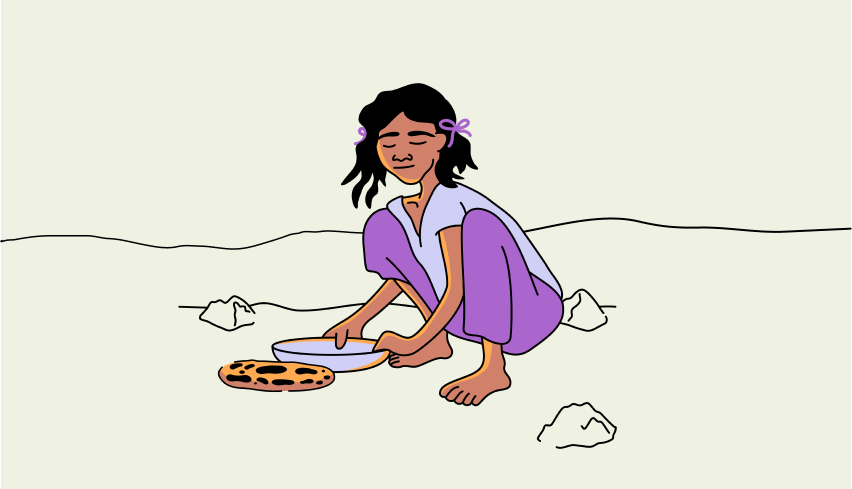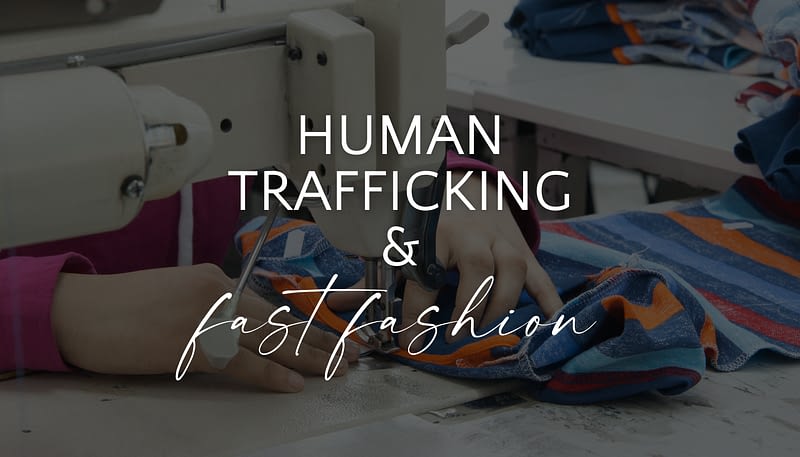Written by: Christina P.
Trafficking is a complex, nuanced and seedy topic. We want to be tasteful in the words we use, while still conveying the urgency and evils of trafficking. We firmly believe that there is a huge need for education, prevention and awareness. A need to expose the ways and mediums that traffickers use and to bring to light the realities of cultural situations. This blog series on Modern Trafficking is a step in that direction. In this series we will unpack some of the terms around trafficking and the situations that allow trafficking to exist. Please know that we will be careful in how we talk about these topics, but we feel they are important topics that you need to know about as you work to give more people access to freedom. A few topics we will cover include: current terms, fast fashion and responsible tourism.
The Rana Plaza in South East Asia holds garment factories on the upper level. Workers return to work after large cracks were discovered throughout the building. On April 24, 2013 Rana Plaza collapsed. Over 1,000 garment workers were killed, and 2,500 were injured. The collapse left its mark on fast fashion.
The term fast fashion is defined as mass manufactured apparel that is done quickly and inexpensively. Fast fashion brands have taken over the way clothes move throughout our closet. To meet the demands of companies and seasonal trends for consumers, unethical practices consistently occur and cause harm to garment workers. Consumers are largely unaware of the impact it has on millions of people internationally as well as domestic sweatshops.
Fast fashion factory workers are manipulated by a great work opportunity presented to them as a way to feed and house their families, or to educate their children.The opportunity meets them with a non-living wage, threatening work environments, and a lack of basic needs being met. Workers spend 12 hours a day, 6 to 7 days a week, at work to make ends meet. This leaves little to no room for them to send anything back to their families. Many workers are undocumented immigrants, making them more vulnerable to such schemes and afraid to speak out. The stories of abuse from management throughout the sweatshops are countless. Trapped in the cycle of labor exploitation, factory workers face sexual assault, threats towards their families, and extended work hours without bathroom or rest breaks.
At-risk children are a key component of fast fashion. It is common for families in impoverished communities to be approached by traffickers. False promises of an education and good pay for their children are offers that are too good to pass up for many families. Garment factories utilize children for their small hands to perform tasks like picking cotton, spinning yarn, and sewing. Fast fashion manufacturing companies view children as an asset since they are more compliant when it comes to leadership demands, and will accept less than a living wage.
The International Labor Organization estimated in 2021 that 160 million children between the ages of 5 to 17 years old were trapped in child labor and 25 million people are trapped in forced labor, including over 4 million children. In our everyday lives there are choices we make that effect human trafficking. Labor trafficking can be so far down the line that it is harder to see. We have an opportunity to participate in educating ourselves and others on fast fashion and how it associates with human trafficking. Below are a few resources to learn more about labor trafficking and shopping ethically.
2021 Trafficking in Persons Report
Trafficking can look different all over the world, which is why it’s important for all of us to be educated and aware. We need you in the fight.
Want to find out how you can engage in the fight against trafficking? Get our latest guide here.



